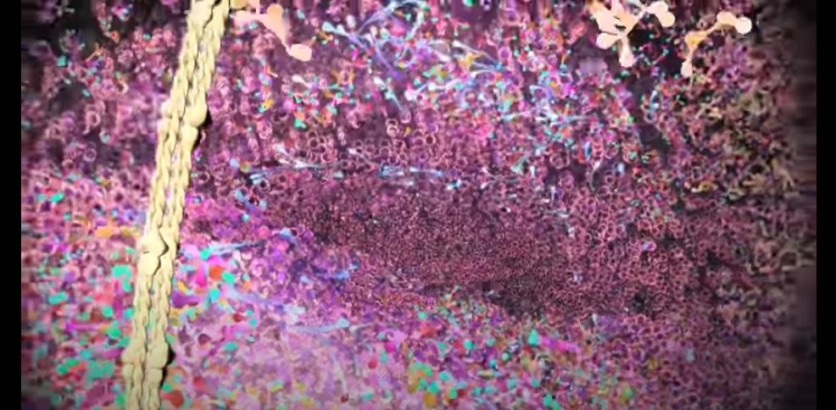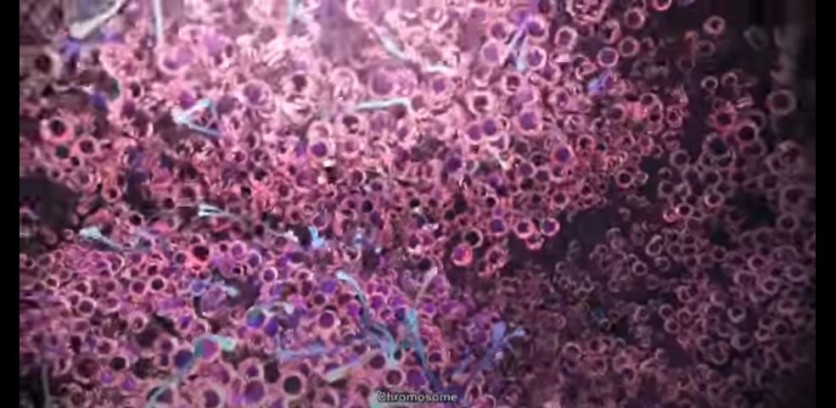Scientists discovered the real appearance of chromosomes. They claimed that these nucleic acids don't look like the way people thought.

Chromosomes are the structures that contain the genetic data of a human being, which is passed down from parents to offspring. This is why children have some of their parents' features.
For many years, studies claimed that a chromosome is flat and threadlike, which forms an X shape. These threads are basically complex arrangements of proteins and DNA condensed to allow kilometer lengths of DNA to be packaged in a microscopic nucleus.
According to News18's latest report, the researchers of the new study used a new way of imaging the 3D organization of the chromatin in human cells.
Most of the Chromosomes are not X-shaped
Phys Org reported that the scientists captured high-resolution 3D images of human chromosomes. These pictures could give enough evidence to change the nucleic acids' appearance into more complex but far more accurate symbols, which could help solve mysteries about how their structure influences function.

Also Read : CRISPR-Based Genome Editing Can Damage or Delete an Entire Chromosome in Embryos, Study Warns
The team of researchers created a chromosomal map from both wide-lens images of 46 chromosomes and close-ups of one section of one chromosome. They used their new high-resolution 3D imaging method to do it.
The scientists captured the connected dots or "genomic loci" along each DNA chain to image a very small structure. By doing this process, they were able to form a comprehensive picture of the chromatin appearance.
The number of dots are limited by a number of colors
Xiaowei Zhuang, one of the scientists, said that the number of dots they could see and identify was limited to the number of colors they could imagine. Since they can only produce three dots, they were not able to develop a comprehensive image.
Zhuang and her team made a different approach, which involves imaging three different loci, quenching the signal, and picturing another three loci in a rapid process, to solve the issue.
This new technique allowed the researchers to have two identifying marks for each dot, which are image round and color.
"Now we actually have 60 loci simultaneously imaged and localized and, importantly, identified," said Zhuang via Phys Org.
However, they still need to make around thousands of dots to cover the whole genome. To make this possible, they turned to a language that's already used to store and organize huge amounts of information, which is the binary.
They imprinted the binary barcodes on different chromatic loci so that they could picture far more loci and decode their identities.
The team differentiated 2,000 molecules in just 20 rounds of image using 20-bit barcodes.
"In this combinatorial way, we can increase the number of molecules that are imaged and identified much more rapidly," further explained Zhuang.
For more news updates about other biotechnologies, always keep your tabs open here at TechTimes.
Related Article: Neuralink Rival? New Wireless Chip Stimulates the Brain with Electrical Current and Light Upon Implant
This article is owned by TechTimes.
Written by: Giuliano de Leon.
![Apple Watch Series 10 [GPS 42mm]](https://d.techtimes.com/en/full/453899/apple-watch-series-10-gps-42mm.jpg?w=184&h=103&f=9fb3c2ea2db928c663d1d2eadbcb3e52)



